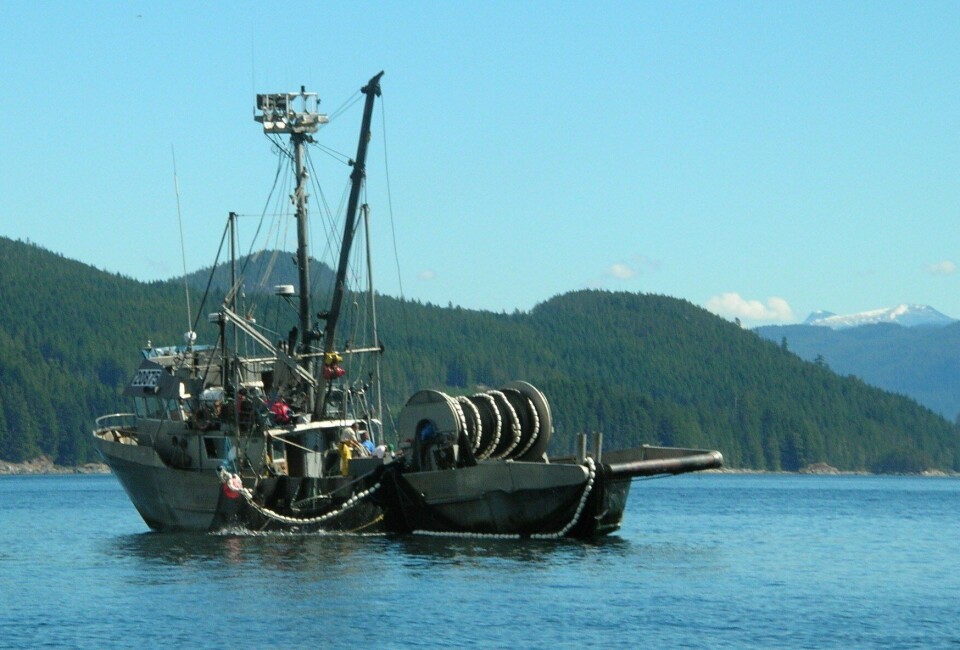
Science disappoints environmental activists
Opinion
Dr. Kristi Miller is one of many internationally recognized research scientists working for the Canadian Department of Fisheries and Oceans in the Marine Ecological Genomics and Adaptation (MEGA) group, which is part of the Molecular Genetics Laboratory (MGL) at the Pacific Biological Station in Nanaimo on Vancouver Island. The MEGA group “integrates molecular biology, immunogenetics, ecology and high throughput transcriptional profiling to enhance our understanding of adaptation at the molecular level”.
When Dr. Miller earlier this year published a report suggesting that the survival of sockeye salmon going in and out of the Fraser River might be affected by the presence of a potentially disease-causing virus, environmentalists in the province and elsewhere were quick to draw unjustified conclusions about a link to the salmon farms dotting the coastline of B.C. With no scientific justification, the groups- including an individual with a honourary doctorate but without a related university degree- were accusing the aquaculture industry of importing exotic disease agents to the detriment of the local Pacific salmon populations.
Last week Dr. Miller was asked about her research during two days of testimony before a federal government commission established to examine why only a fraction of the anticipated millions of sockeye salmon showed up in the Fraser River to spawn in the fall of 2009. In an ironic turn of events, the next year (2010) saw the biggest return in about a hundred years of this fish come back to spawn, with some ~35 million fish swimming down the coast of B.C.
By this time, environmentalists had heralded Dr. Miller as a hero, a “Scientist of The Year”, and had produced placards and T-shirts proclaiming “It’s Miller Time” and other slogans. But when Dr. Miller in her usual professional manner took the stand at the Cohen Commission, much of the rhetoric was neutralized as her findings showed that the highest concentration of the genetic signature which indicated the presence of a virus was found in fish leaving the river. Dr. Miller also stated that she did not have any data from fish farms in the province regarding this potentially disease-causing agent, and therefore there is currently no evidence to link this particular parvovirus to the salmon farming industry.
The Department of Fisheries and Oceans has routinely sampled fish in British Columbia for the presence of virus like the one causing disease like the Infectious Salmonid Anemia. The salmon farmers in B.C. will provide samples of their fish for Dr. Miller to examine during her continued research.






















































